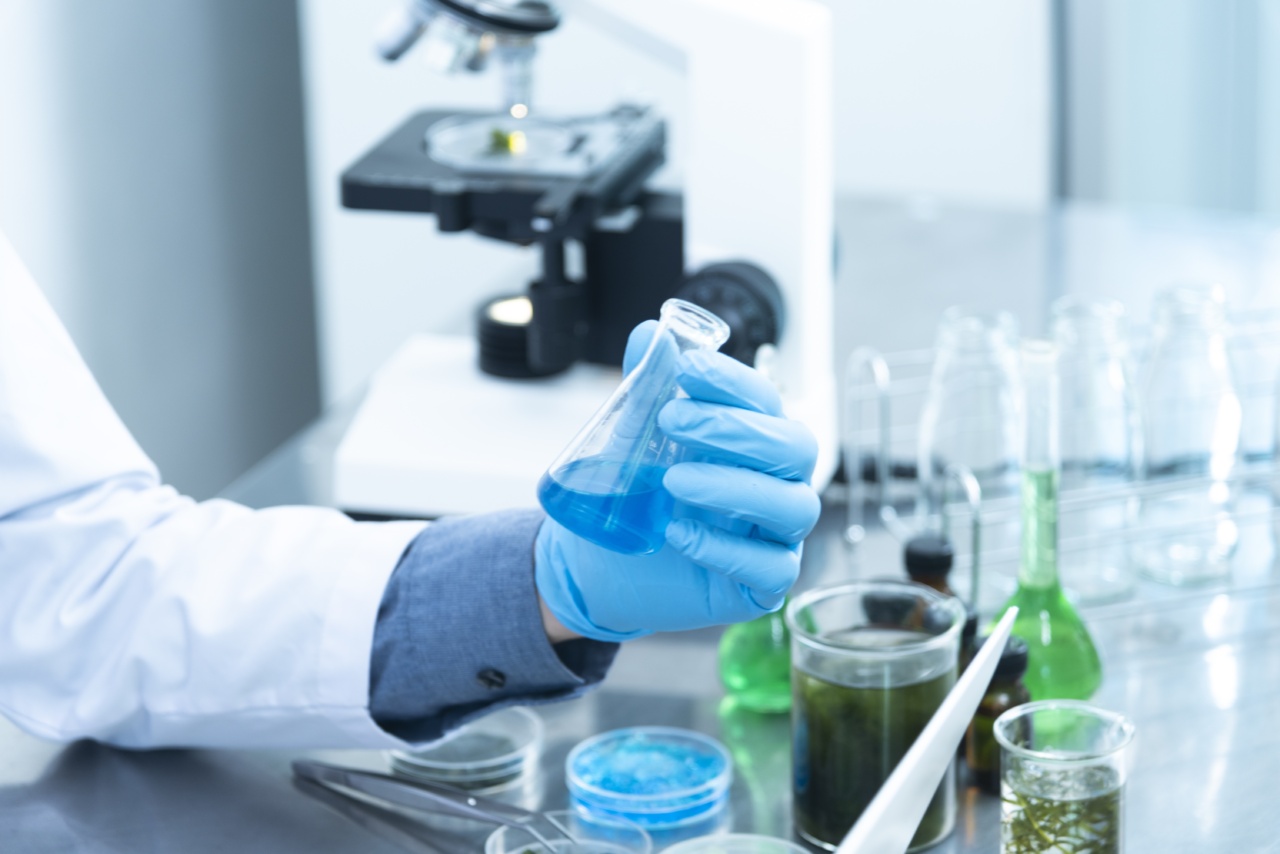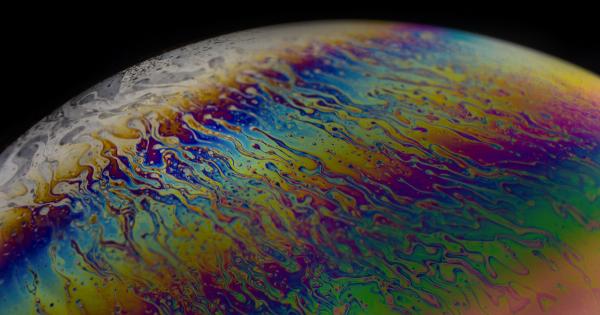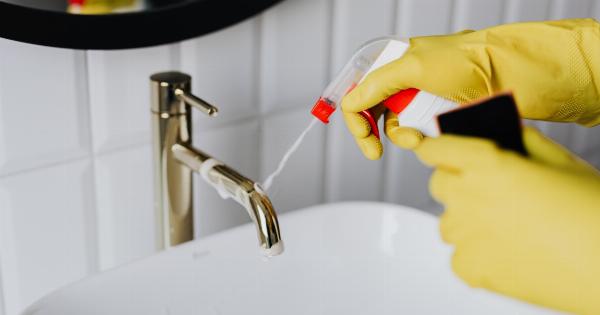Chemical peeling is a popular cosmetic procedure that involves the application of a chemical solution to the skin, causing it to exfoliate and eventually peel off.
This process helps to improve the appearance of the skin, treating various skin concerns such as acne, hyperpigmentation, fine lines, and wrinkles. Chemical peels can be performed on the face, neck, or hands, and they are available in different strengths to cater to individual needs and skin conditions.
How Chemical Peeling Works
Chemical peeling works by inducing controlled damage to the skin, triggering the natural healing process and promoting the growth of new, healthier skin.
The chemical solution used in the peels varies in strength, with milder peels targeting the outer layer of the skin, while more intense peels penetrate deeper into the dermis.
There are three main types of chemical peels:.
1. Superficial Peels
Superficial peels are the mildest option and involve the application of a gentle acid, such as alpha-hydroxy acid (AHA) or beta-hydroxy acid (BHA). These peels primarily target the outermost layer of the skin, the epidermis.
They are effective in improving skin texture, reducing mild discoloration, and enhancing the overall radiance of the skin.
2. Medium Peels
Medium peels use a stronger acid, usually trichloroacetic acid (TCA), to penetrate deeper into the skin. These peels target both the epidermis and the upper layers of the dermis.
They are effective in treating more pronounced signs of aging, such as wrinkles, fine lines, and moderate hyperpigmentation. Medium peels often require some downtime for proper healing.
3. Deep Peels
Deep peels are the strongest type of chemical peel, typically using phenol as the main ingredient.
These peels can deeply penetrate the dermis and are highly effective in treating severe skin concerns, including deeper wrinkles, sun damage, and significant discoloration. Deep peels usually require extensive downtime for recovery and are performed under sedation or general anesthesia.
The Benefits of Chemical Peeling
1. Skin Rejuvenation: Chemical peeling promotes the growth of new, fresh skin cells, resulting in brighter, smoother, and more youthful-looking skin.
2. Improved Skin Texture: Chemical peels exfoliate the skin, reducing the appearance of texture irregularities such as roughness, acne scars, and enlarged pores.
3. Reduced Hyperpigmentation: Chemical peels can help to fade areas of hyperpigmentation, including age spots, sunspots, and melasma, by inhibiting the production of melanin.
4. Diminished Acne and Acne Scars: Chemical peels can effectively reduce acne breakouts and the appearance of acne scars by unclogging pores, reducing inflammation, and promoting collagen production.
5. Decreased Fine Lines and Wrinkles: Chemical peels stimulate collagen production, which helps to improve the elasticity and firmness of the skin, reducing the visibility of fine lines and wrinkles.
6. Evened Skin Tone: Chemical peeling can even out uneven skin tone by targeting areas of discoloration and promoting a more uniform pigmentation.
7. Treatment of Actinic Keratosis: Actinic keratosis refers to rough, scaly patches of skin caused by sun damage. Chemical peeling can treat these pre-cancerous lesions and prevent them from progressing into skin cancer.
8. Boosted Confidence: By improving the overall appearance of the skin, chemical peeling can enhance self-esteem and boost confidence.
Choosing the Right Chemical Peel
The choice of chemical peel depends on various factors, including the specific skin concern, skin type, and desired results.
It is essential to consult with a qualified dermatologist or aesthetician who can assess your skin and recommend the most suitable peel strength and formulation for your needs.
Aftercare and Recovery
After a chemical peel, it is crucial to follow the recommended aftercare instructions provided by your skincare professional. This typically includes avoiding sun exposure, using gentle cleansers and moisturizers, and wearing sunscreen daily.
The recovery time and downtime may vary depending on the depth of the peel and can range from a few days to several weeks.
Potential Side Effects
While chemical peeling is generally safe when performed by a trained professional, there are potential side effects that should be considered. These may include temporary redness, swelling, peeling, dryness, and increased sensitivity to the sun.
However, these side effects are usually temporary and can be managed with proper skincare.
Conclusion
Chemical peeling is a scientifically proven and widely used cosmetic procedure that offers numerous benefits for improving the appearance of the skin.
Whether you are looking to address acne, hyperpigmentation, fine lines, or simply enhance your skin’s radiance, chemical peels can be a valuable addition to your skincare regimen. Consult with a skincare professional to determine the most suitable type and strength of chemical peel for your skin type and concerns, and enjoy the transformative effects of this effective skincare treatment.































